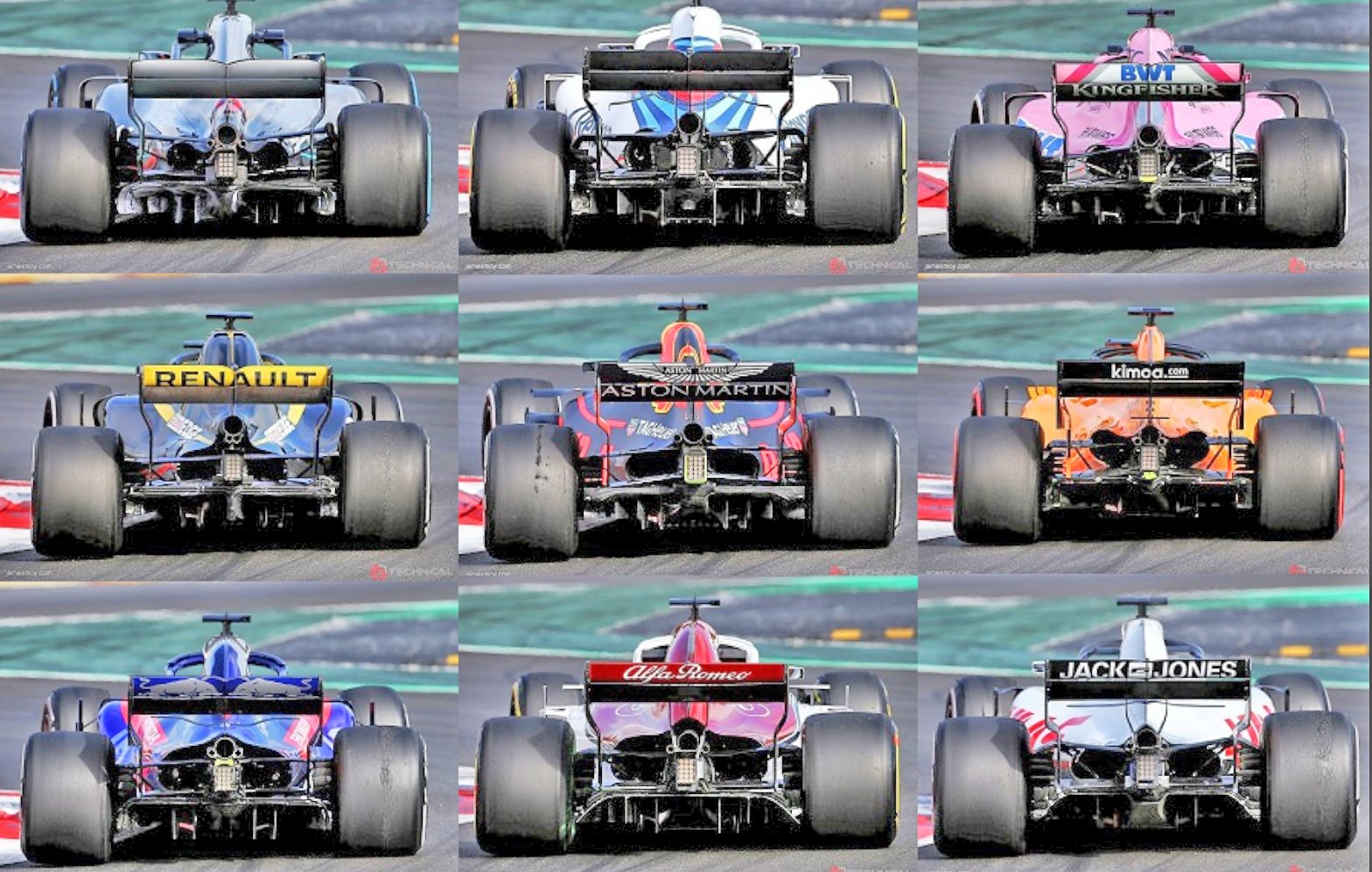
Or this horse?



The correct answer is probably this bull:godlameroso wrote: ↑14 Mar 2018, 04:26Who has a more efficient diffuser, this bird?
https://birdwatchingmurcia.files.wordpr ... t-view.jpg
Or this horse?
https://imgr1.auto-motor-und-sport.de/S ... 149747.jpg

Please show us the diffusor on that bird and maybe you'll get an answergodlameroso wrote: ↑14 Mar 2018, 04:26Who has a more efficient diffuser, this bird?
https://birdwatchingmurcia.files.wordpr ... t-view.jpg
Or this horse?
https://imgr1.auto-motor-und-sport.de/S ... 149747.jpg
Look at the diffusers, then look at the bird, it's body looks like the central section. The hawks wings have the same general shape as the diffuser in this picture, and if the bird was flying backwards I guarantee it would be generating downforce.CBeck113 wrote: ↑16 Mar 2018, 13:27Please show us the diffusor on that bird and maybe you'll get an answergodlameroso wrote: ↑14 Mar 2018, 04:26Who has a more efficient diffuser, this bird?
https://birdwatchingmurcia.files.wordpr ... t-view.jpg
Or this horse?
https://imgr1.auto-motor-und-sport.de/S ... 149747.jpg
The central section of the diffuser has massive performance implications, why bother with vortex generators in that region?PhillipM wrote: ↑16 Mar 2018, 17:13To be honest, you're seeing patterns where they don't exist, not only is the central section on the car purely there to house the gearbox, the diffuser is working in ground effect and backwards.
The tips and spread feathers on the bird are for a completely different effect to that of outward turn and flaps on the diffuser, which are mainly there to link into the low pressure tyre wakes - how many tyres do you see on the bird?
Correlation is not causation
Isn't that a bit contradictory? Birds have active aero, these cars are fixed, there's no comparison. My point this whole time is that there are areas on these cars that are sensitive and big performance differentiators, and seeing the resemblance in nature pays off in these areas. Mercedes has sculpted this area and put a lot of work in shaping it, it seems minor, but due to the split turbo it means the engine and transmission is further back than with a Ren/Ferr layout.PhillipM wrote: ↑16 Mar 2018, 20:22Saying that they don't need tyres to exploit the same effect is ludicrous - the spread and angle wingtip feathers are generally to reduce vortex speeds, to reduce pressure gradients, to reduce drag and lift at the tips.
The outer turned elements on a diffuser are to hook into the lower pressure area behind the tyres, to drive the diffuser harder and increase downforce.
Not to mention that a bird will open and close them, angle, etc, depending on what it needs at the time
That's a little simplistic, there is a lot going on in that area, it's not entirely low pressure, the shape of the diffuser and floor means that area has to deal with a lot, there is a high pressure pocket on the slope of the diffuser facing the tire along with the rear tire turbulent wake. There's different philosophies of what to do around here.The outer turned elements on a diffuser are to hook into the lower pressure area behind the tyres, to drive the diffuser harder and increase downforce.


